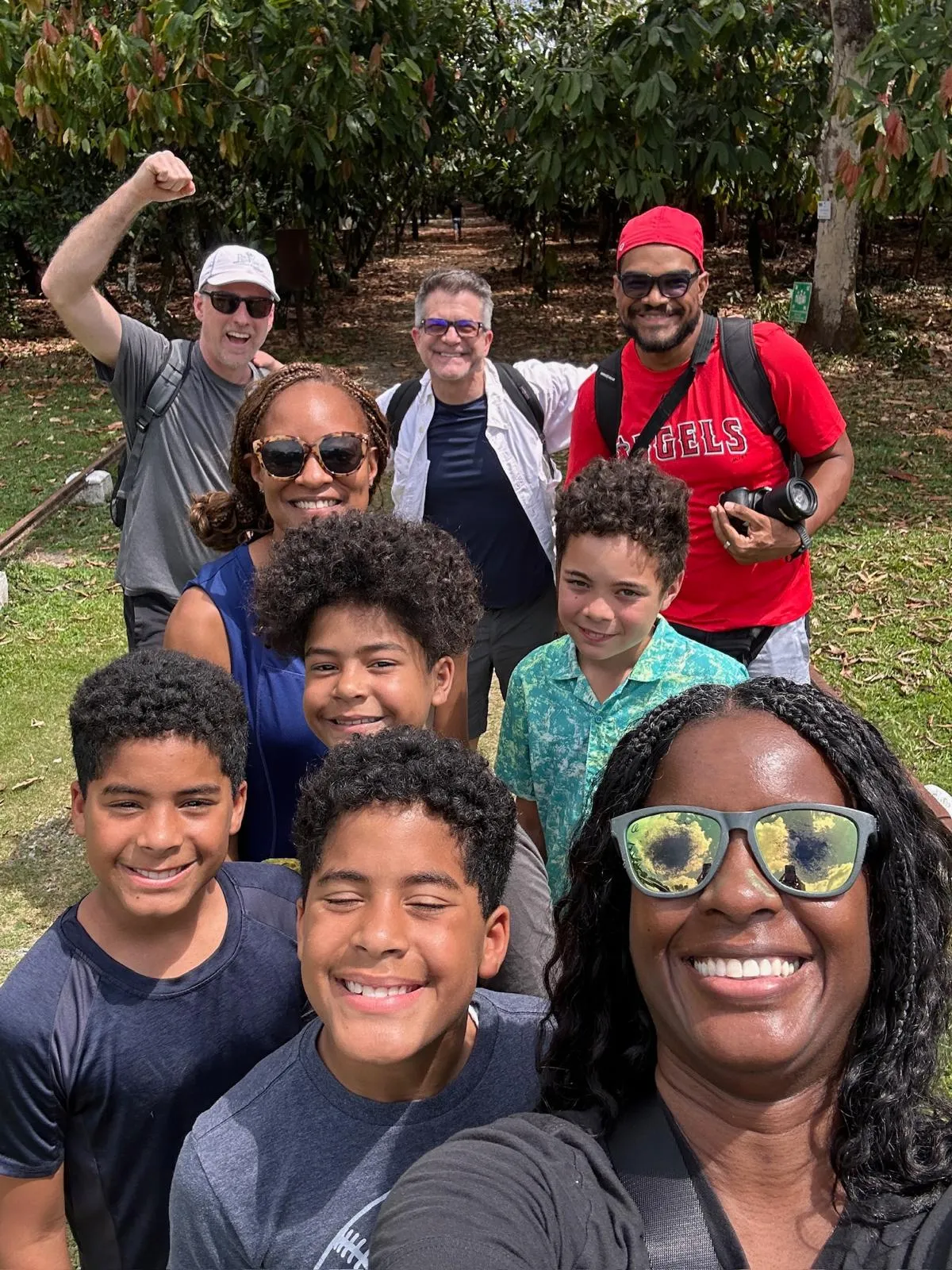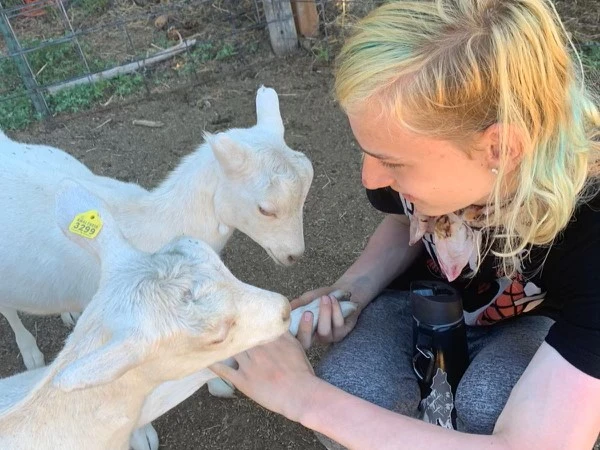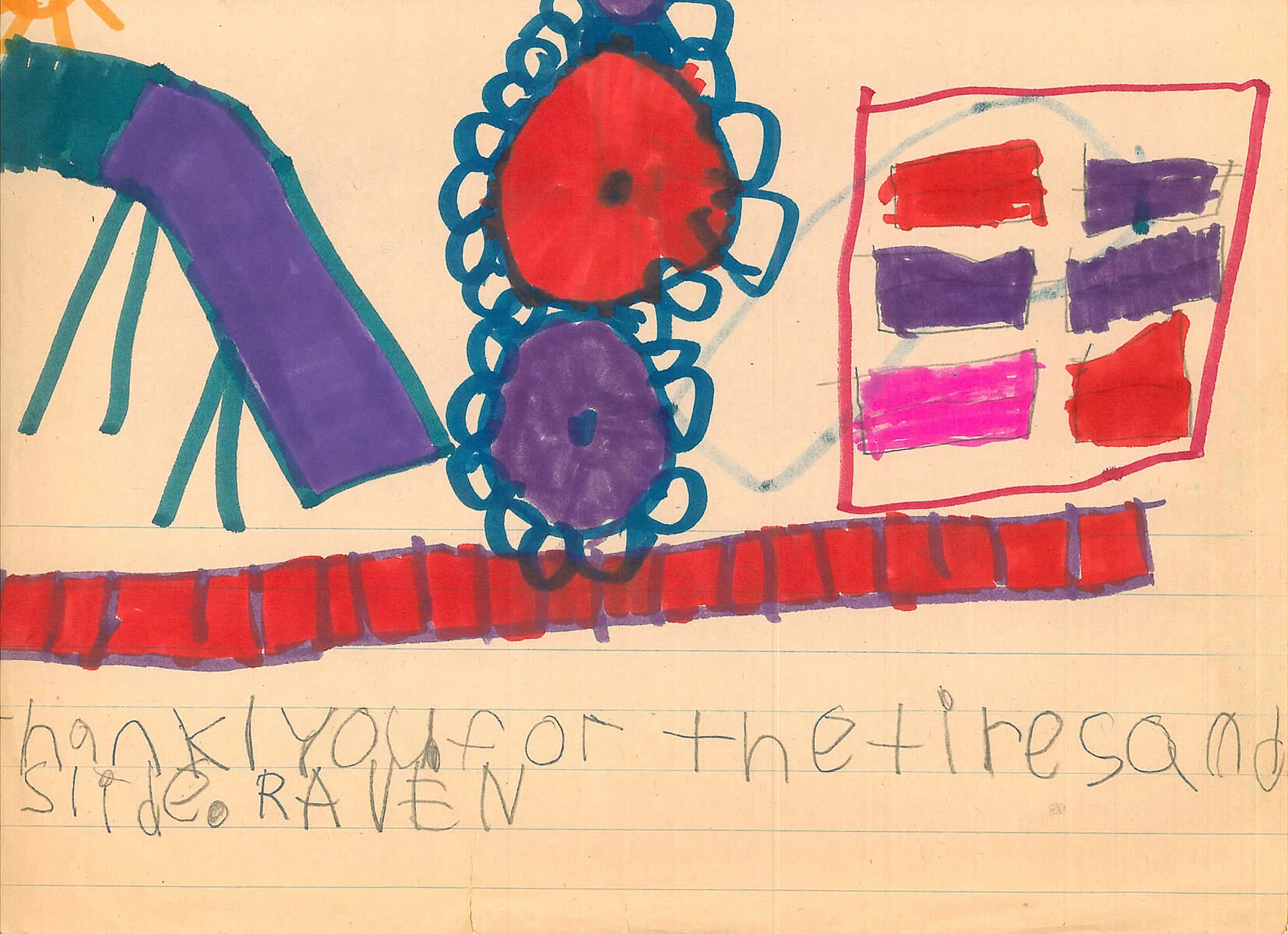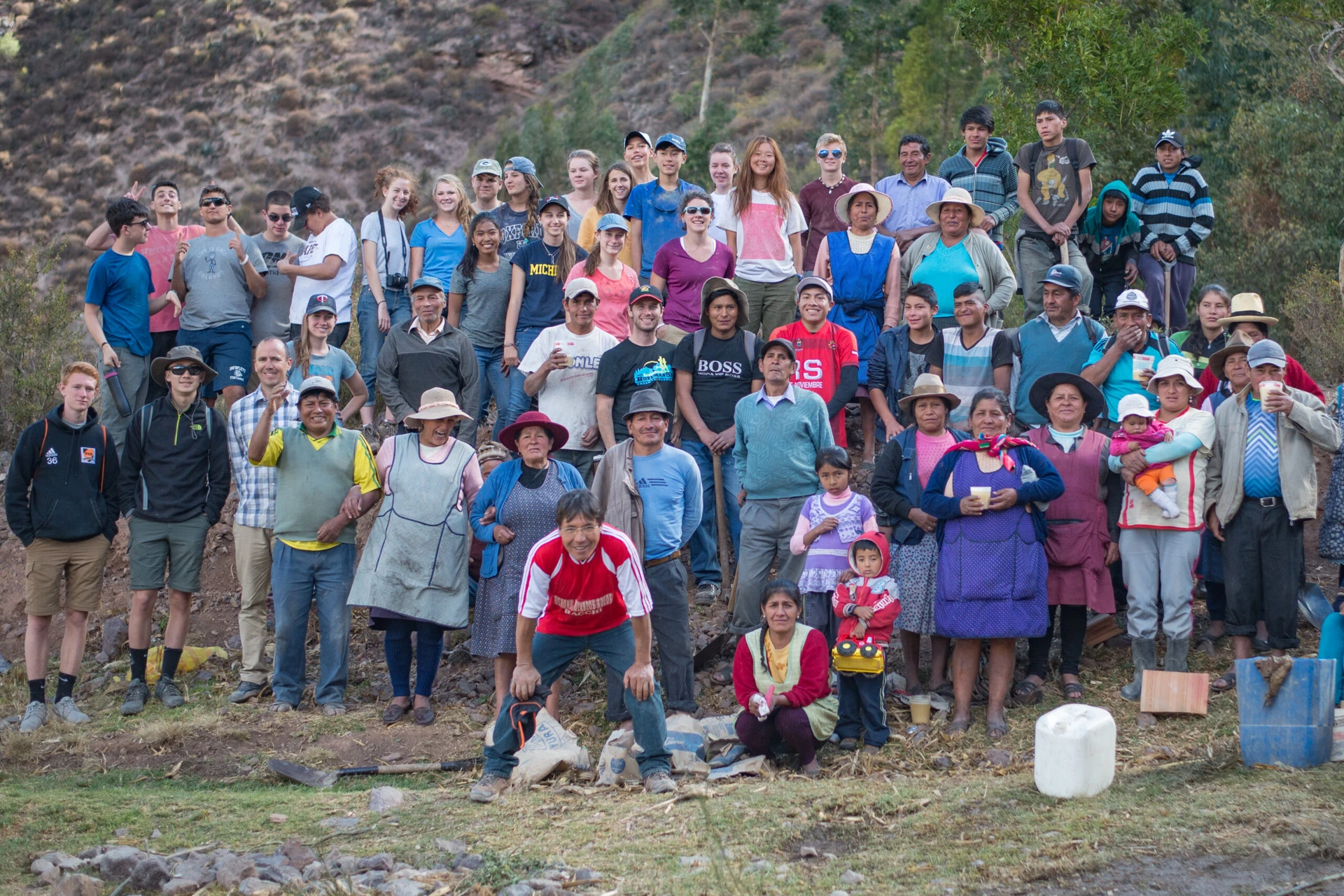This article was origianlly written and published by The Charles Darwin Foundation for the Galapagos Islands
A visit to Galapagos is an experience you will never forget. Most visitors know that they will never in their lives see another place of such extraordinary beauty and fascination.
Each visitor to Galapagos has the opportunity to protect the islands – or to damage them. To make your contribution positive, and to help conserve Galapagos, the National Park asks you to respect their rules.
RULES OF THE GALAPAGOS NATIONAL PARK:
Each year tens of thousands of people visit the Galapagos Islands. Imagine what would happen if each of them took a shell, plant or disturbed an animal?
Visitors’ sites at the Galapagos National Park are marked and indicated to guarantee your safety. You cannot leave the paths.
Galapagos animals should not be touched or petted for your safety and because they can quickly lose their tameness and change their behavior.
The Galapagos marine birds leave their nests if you disturb or follow them. They let their eggs or chicks fall on the ground or leave them exposed to the sun. Therefore you may watch the birds at a distance of no less than two meters.
The endemic and native fauna of Galapagos has its natural way of feeding. Therefore, do not give them any type of food because it could harm them.
Do not leave anything on the islands except for your footprints. Sea lions take cans deposited at the bottom of the sea and play with them hurting their noses. Plastic can be eaten by marine turtles and they can die from an intestinal blockage.
Purchasing souvenirs made of black coral, marine turtle shells, sea lion teeth, shells goes against the principles of conservation.
Writing names and phrases of any type on rocks, walls, etc. damages the scenery. Remember: “Your immortality is not more important than the nature of the islands.”
Fire or smoking within the areas of the Park is not allowed. Through negligence in 1985 and 1994 Isabela Island suffered great fires.
© 2006 Charles Darwin Foundation for the Galapagos Islands (AISBL), Galapagos, Ecuador.






